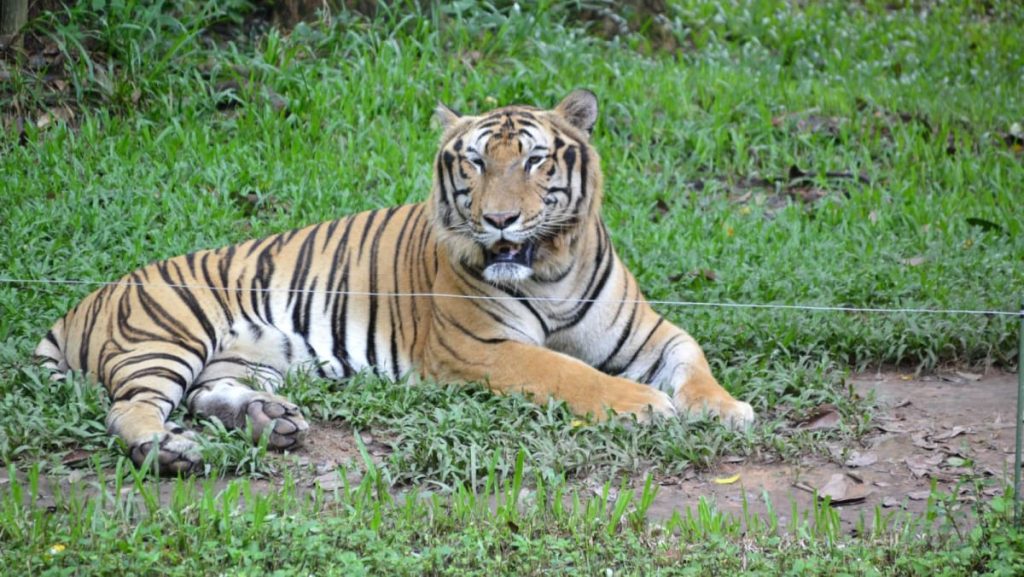Forty-seven tigers, three lions, and a panther have succumbed to the H5N1 bird flu virus in zoos located in southern Vietnam. The deaths occurred in August and September at the My Quynh Safari Park in Long An province and the Vuon Xoai Zoo in Dong Nai. Test results from the National Center for Animal Health Diagnosis confirmed that the animals died as a result of the H5N1 type A virus. The zoos have declined to issue any comments regarding the situation, though there have been no reports of respiratory symptoms among zoo staff members who were in close contact with the infected animals.
Education for Nature Vietnam (ENV), a wildlife conservation NGO, revealed that there were approximately 385 tigers in captivity in Vietnam by the end of 2023. Out of this total, around 310 tigers are housed in 16 privately-owned farms and zoos, with the remainder residing in state-run facilities. The World Health Organization (WHO) has documented an increase in deadly influenza outbreaks among mammals, including those caused by the H5N1 virus, since 2022. H5N1 infections can vary in severity in humans, with some cases even resulting in fatalities. Vietnam reported a human fatality due to the H5N1 virus in March, adding to concerns regarding the potential spread of the disease.
The news of the tiger, lion, and panther deaths in Vietnam zoos due to H5N1 bird flu virus serves as a grim reminder of the risks associated with avian influenza. Back in 2004, a similar incident occurred at the world’s largest breeding farm in Thailand, where numerous tigers either succumbed to bird flu or had to be culled. Given the known dangers of H5N1 infections to both animals and humans, effective measures to prevent and control outbreaks must be implemented, especially in captive wildlife settings. The recent fatalities underscore the need for stringent biosecurity protocols and monitoring to safeguard animals and potentially at-risk individuals from the virus.
The spread of the H5N1 bird flu virus among tigers, lions, and a panther in Vietnamese zoos highlights the vulnerability of captive wildlife populations to infectious diseases. With an increasing number of tigers living in captivity in Vietnam, there is a pressing need for enhanced surveillance and disease management strategies to reduce the risk of future outbreaks. The role of NGOs like Education for Nature Vietnam in advocating for wildlife conservation and protection becomes even more crucial in light of these recent developments. By raising awareness about the threats posed by infectious diseases like H5N1, these organizations can contribute to the preservation of endangered species and the promotion of healthy coexistence between humans and wildlife.
The official confirmation of the cause of death for the tigers, lions, and panther in Vietnamese zoos underscores the importance of timely disease detection and response in preventing further losses. Despite the tragic outcome for these animals, there is a silver lining in the fact that no zoo staff members have shown signs of respiratory illness so far. This highlights the need for ongoing vigilance and rigorous adherence to biosecurity measures in zoos and other animal care facilities. As the global community continues to grapple with the threat of zoonotic diseases like H5N1, cooperation between governments, wildlife conservation groups, and public health authorities is essential to minimize risks and protect both animals and humans from potential outbreaks.


